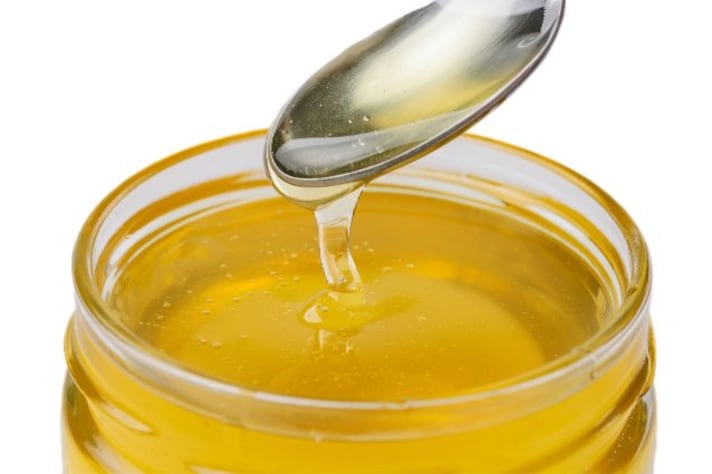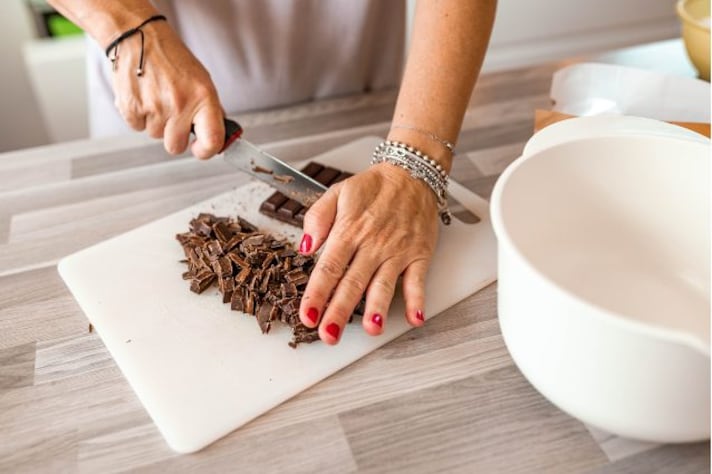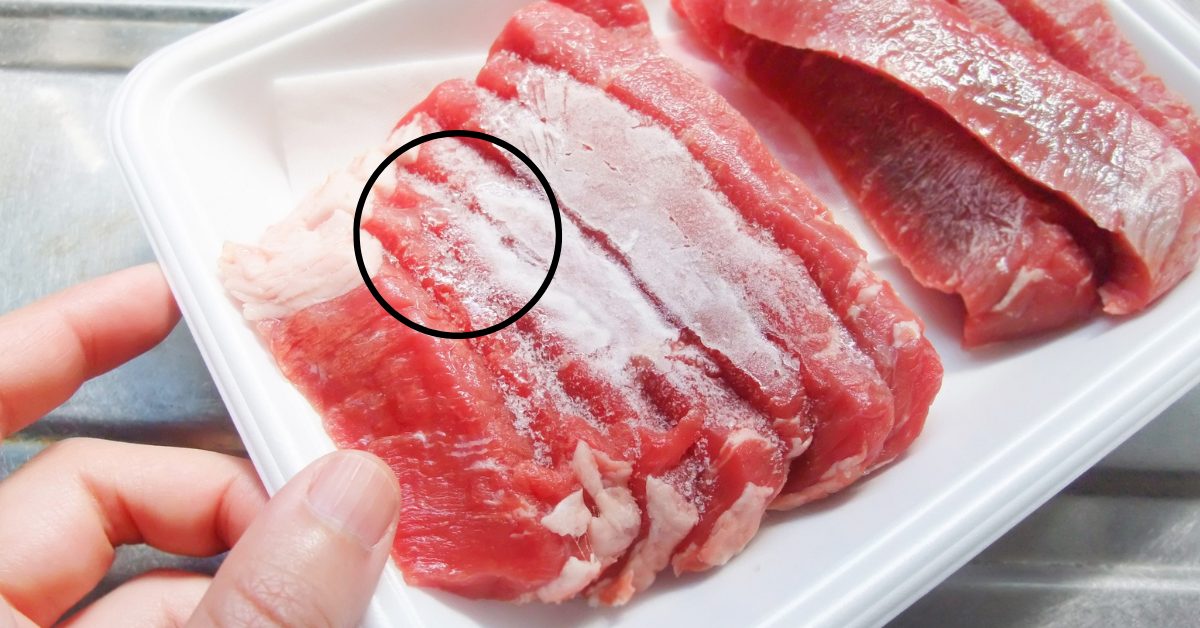Here’s Why You Should Never Store These 9 Foods In The Pantry (And Where to Store Them Instead)
Think your pantry is the perfect spot for everything? Think again! While the pantry is ideal for many staples, certain items are best kept elsewhere to maintain freshness, flavor, and safety. Here’s a look at common items you’ll want to find a different spot for, helping you make the most of your kitchen space and ingredients.

The pantry might seem like the go-to place for all kinds of foods, but not everything benefits from being stored there. From keeping certain flavors intact to preventing unwanted spoilage, knowing which foods need alternative storage can save you time, money, and disappointment.
1. Potatoes

Potatoes might seem at home in the pantry, but they actually fare better in cool, dark spaces like a cellar. When stored at room temperature, potatoes are more likely to sprout and turn green, which can produce solanine, a compound harmful to humans. Keep them in a breathable bag in a dark place around 45-50°F to extend their shelf life and avoid exposure to light.
2. Bread

It might seem logical to store bread in the pantry alongside dry goods, but this can actually lead to stale or moldy bread. Warm pantry temperatures and limited airflow can speed up mold growth. For short-term storage, bread does best on the counter. For longer storage, freezing is the way to go; simply thaw as needed to enjoy fresh slices every time.
3. Oils

Many cooking oils, such as olive oil, go rancid more quickly when stored in warm or brightly lit environments like a pantry. Heat and light cause oils to oxidize, degrading their flavor and nutritional properties. Keep oils in a cool, dark cabinet or cupboard, and if you purchase oils in bulk, consider decanting a smaller portion for regular use to limit exposure to air.
4. Honey

Honey is one of the few foods that doesn’t spoil, but storing it in the pantry can lead to crystallization over time. Though this doesn’t spoil honey, it can make it harder to scoop or pour. A slightly warmer spot in the kitchen, like a cupboard near the stove, can keep honey smooth and easy to use.
5. Coffee Beans

If you're storing coffee beans in the pantry, they might be losing their flavor faster than you'd like. Coffee beans absorb moisture and odors, which can dull their taste. For best results, store them in an airtight container in a cool, dark place, such as a cupboard or even the refrigerator, if you buy in bulk and want to keep them fresh longer.
6. Nuts and Seeds

High in natural oils, nuts and seeds are prone to going rancid in a warm pantry environment. Storing them in the fridge or freezer keeps these oils stable and helps maintain flavor and texture. Use an airtight container to protect them from absorbing odors from other foods.
7. Chocolate

Though pantry storage may work in colder months, chocolate can melt or bloom (develop white streaks or spots) in warmer weather. For long-lasting freshness, store chocolate in a cool, dry place—ideally between 60-65°F. Alternatively, store it in the fridge, wrapped carefully to prevent it from absorbing odors.
8. Maple Syrup

Maple syrup can be stored at room temperature until it’s opened, but after that, it’s best kept in the fridge. The sugars in maple syrup can encourage mold growth in a warm pantry, so store it in the refrigerator after opening to keep it safe and fresh.
9. Fresh Garlic and Onions

Garlic and onions need good airflow to stay fresh. Storing them in the pantry, particularly in plastic bags, can cause them to spoil faster. They should be kept in a cool, ventilated space and away from potatoes, which release moisture and gases that can accelerate decay in both.
;Resize,width=767;)
;Resize,width=712;)

;Resize,width=712;)
